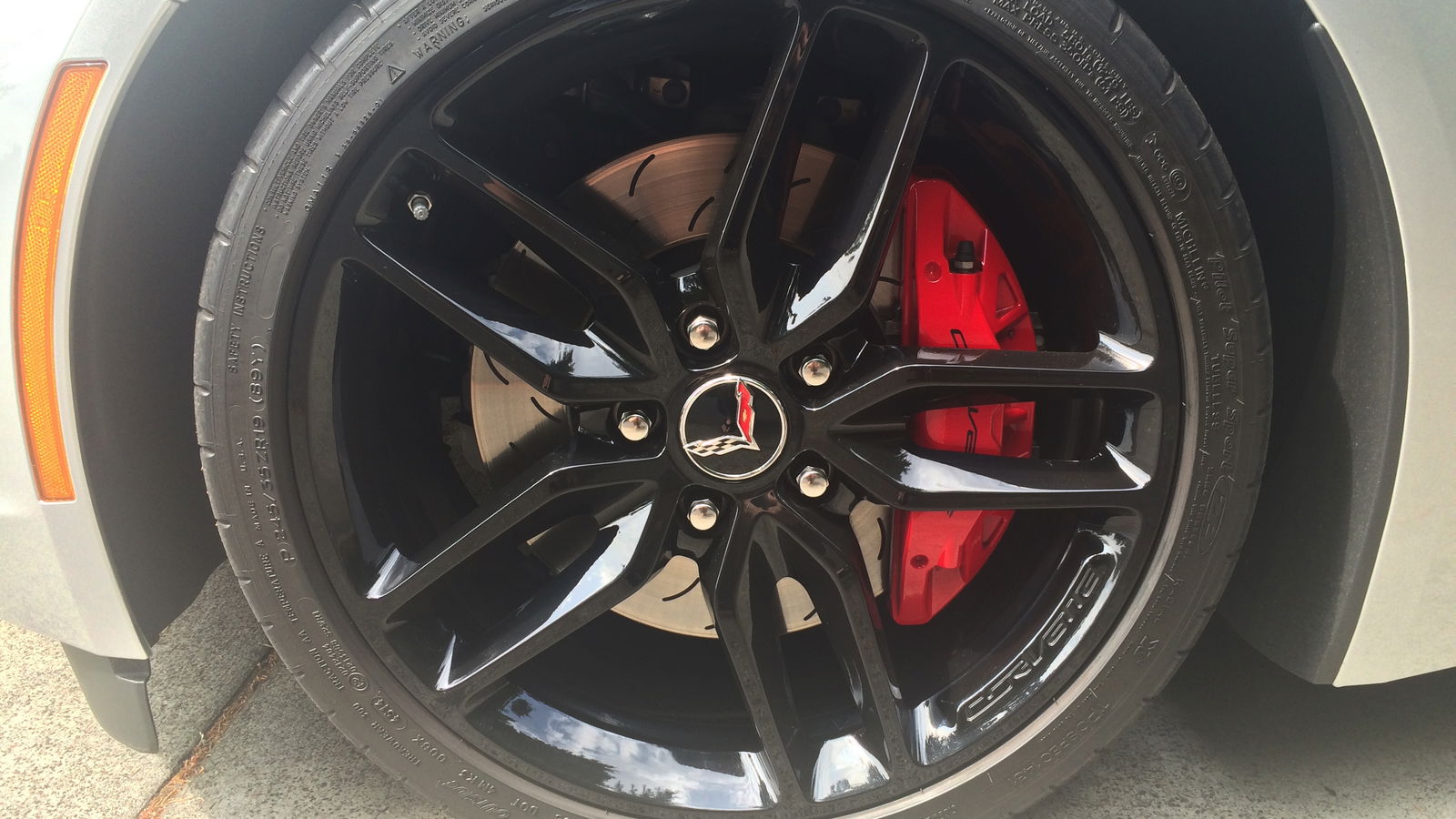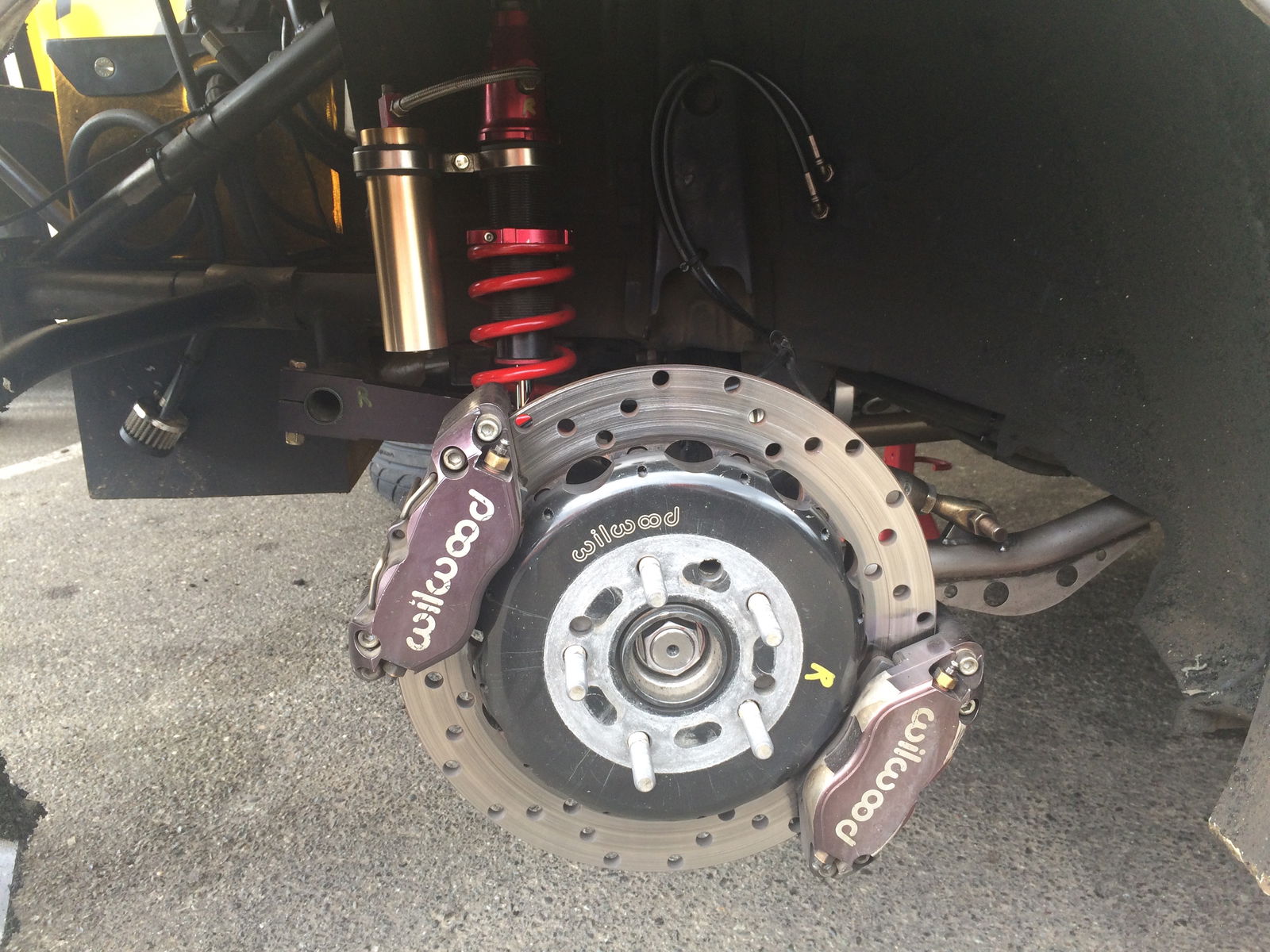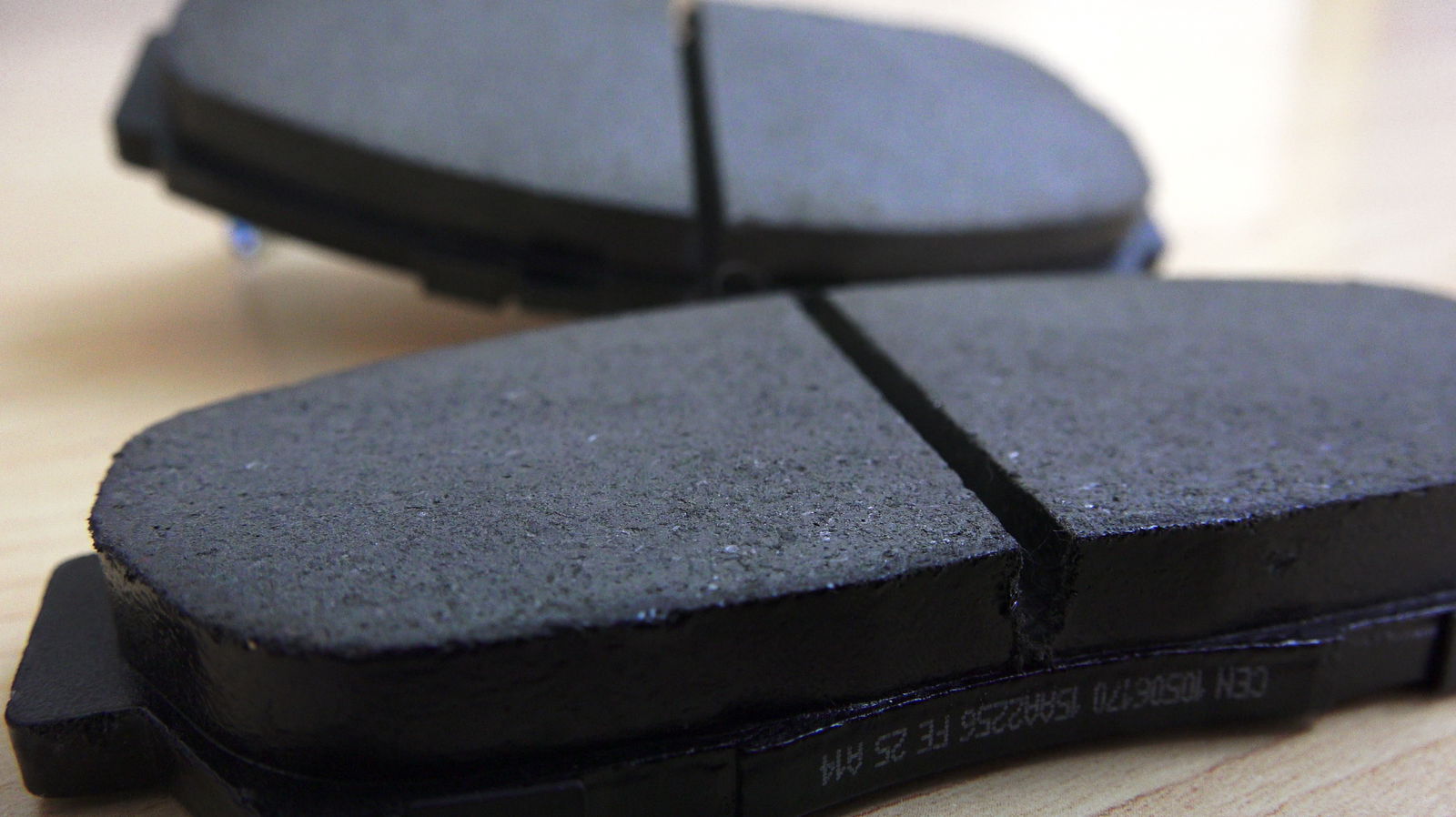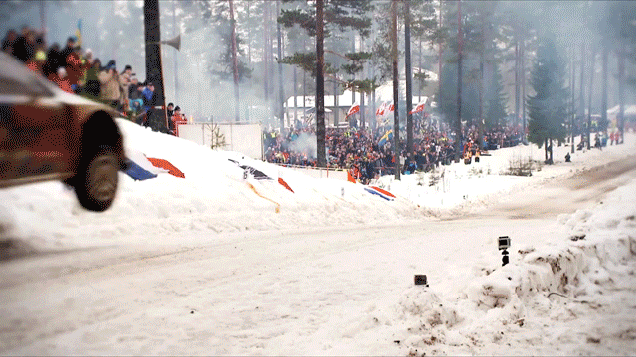Engineering Explained: Brake Systems And How To Improve Stopping Performance

1. What are the major components?
Drum brakes deserve more recognition than I’ll provide in this article, but due to the superior serviceability, heat rejection, and prevalence of disc brakes within the industry, that will be the focus. The major components include:
1. Brake rotors
The brake rotor is the spinning disc which rotates with the wheel; this is used as a source to reject energy into, turning kinetic energy into heat. As with all of the components listed here, there will be one at each wheel.
2. Brake calipers
This is a mounted device which includes an internal piston that applies pressure to the brake pad. Pressure occurs when you press on the brake pedal, forcing brake fluid into the piston which forces the brake pad against the rotor, slowing the vehicle and creating heat.
3. Brake pads
The brake pad is a wearable part which contacts the brake rotor. The pressure of the brake pad against the brake rotor, along with the speed differential, is what allows your car to slow down.
4. Brake lines
These are the lines used to supply brake fluid to the brake calipers. When you press the brake pedal, this pressurises the brake fluid which travels through lines to each of the four wheels to create forceful contact between the brake pad and the brake rotor.

2. Why would you need to improve braking?
There are two primary reasons why you’d need to improve the braking performance of your vehicle:
1. Lack of stopping power
The vehicle does not have sufficient brake torque to lock up the wheels at the speeds it travels (or get close to locking up the wheels, providing the maximum deceleration forces).
2. Excessive brake fade
The vehicle experiences brake fade after certain durations of brake use, and loses braking capabilities as a result. Prolonged braking (such as on a track) can lead to brake fade as a result of improper brake cooling.
3. How can you improve braking performance?
Before you get too excited about improving your car’s brakes, its critical to understand that brakes are only as good as the tyres and suspension allow them to be. If you’re running hard tyres that skip over every road imperfection, upgraded brakes will provide literally no improvement. Improvements in brake torque assume you’re not traction limited. Improvements in brake fade assume you actually get your brakes hot enough that they lose performance. For the vast majority of cars on public roads, stock brakes will be more than enough.
Getting to the point, there are four ways to improve brake torque:
1. Increase disc radius
Larger discs will allow for more brake torque as the brake pad will apply pressure at a larger radius, allowing for a higher moment. Brake torque is equal to the force applied by the pad multiplied by the distance at which the force is applied from the center of the wheel. In this case, we’re increasing the distance from the centre. This is a good thing.
2. Increase caliper piston area
Increasing the size of the pistons (or number of pistons) means you have more area applying a specific pressure. If pressure remains constant and the area increases, the force applied will increase.
3. Line pressure
Push your foot harder, and the car brakes harder. This is because the line pressure increases. If you can increase the line pressure (perhaps by creating a larger lever arm for your brake pedal to act upon, or using vacuum assist) you increase brake torque.
4. Friction coefficient between the pad and rotor
Perhaps self explanatory, but if you can increase the friction (this comes down to material selection; brake pad manufacturers will often supply this data) between the pad and the rotor, you can increase the braking torque. With more friction comes more heat, though, which brings us neatly on to…

4. How do you reduce brake fade?
1. Larger rotors
Increasing the diameter or the width of the brake rotors means you have more mass to reject heat into. This will improve brake fade, assuming the brake rotors have proper cooling.
2. Vented rotors
Probably the most effective way of cooling brakes, allowing for airflow within the center of the brake rotor allows for significantly better cooling. Nearly all production cars have vented rotors for the front discs, as the majority of braking is accomplished by the front brakes.
3. Slotted and drilled rotors
The purpose of slotted or drilled brakes is to allow for the escape of gases and particles created by the brake pads during use. With plain rotors, this layer of gases can prevent perfect contact between the pad and rotors. Slotted rotors are the preferred method here, as drilled rotors tend to prematurely fail due to the stress rises associated with the drilled holes. Aside from drifting (where braking is minimal) you won’t see drilled rotors in motorsport.
4. Brake pad selection
It’s critical to select brake pads based on the application. Some brake pads will have a high frictional coefficient at cold temperatures (lots of bite before being warmed up), where as others will be more effective at higher temperatures. Brake pads can be purchased for various operating temperature ranges, and this should be considered based on the application. Road cars have high initial bite, but lose performance as they warm up. Racing pads tend to operate at higher frictional coefficients for a wider range of high temperatures, making them ideal for tracking with intensive braking.
5. Brake air ducts
Extremely common in racing and gaining popularity in road cars, brake ducts are simply vents that channel the airflow hitting the car so that it blows cool air into the wheel wells and ideally onto the brake rotors.
6. Colour
Sure, red brakes make everything better, but no one ever teaches you which hue of red. Let it be known experts unanimously agree (really just myself) that fire engine red is the best for potent brakes. Stops fires. Stops your car.

Comments